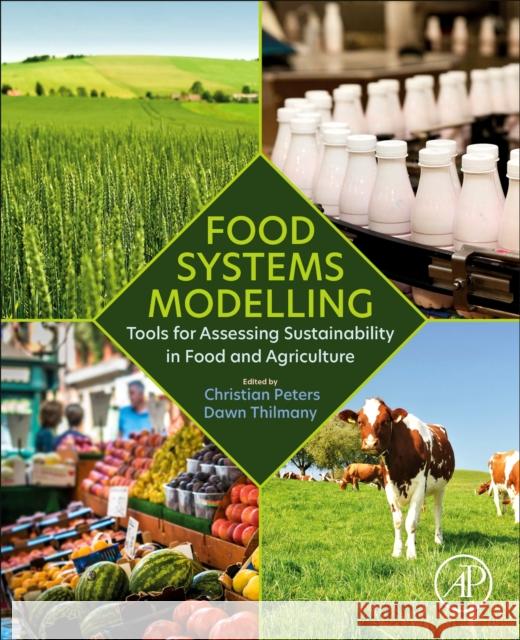Food Systems Modelling: Tools for Assessing Sustainability in Food and Agriculture » książka
topmenu
Food Systems Modelling: Tools for Assessing Sustainability in Food and Agriculture
ISBN-13: 9780128221129 / Angielski / Miękka / 2022 / 388 str.
Kategorie:
Kategorie BISAC:
Wydawca:
Academic Press
Język:
Angielski
ISBN-13:
9780128221129
Rok wydania:
2022
Ilość stron:
388
Waga:
0.66 kg
Wymiary:
23.5 x 19.05 x 2.03
Oprawa:
Miękka
Wolumenów:
01











